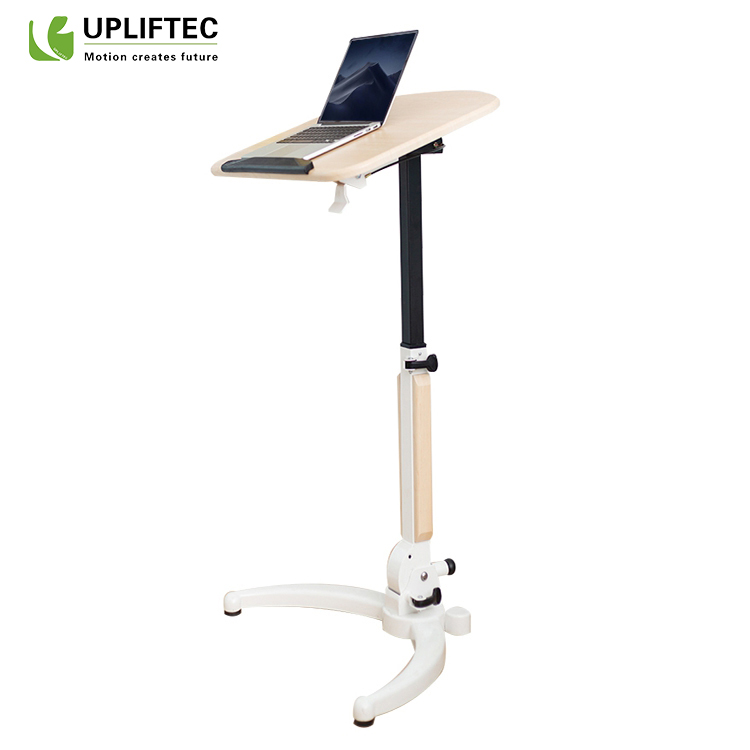According to the latest data released by MasterCard, the world's leading payment technology company, consumers in the Asia Pacific region are increasingly using contactless payments. In 2014, the number of contactless payment users of MasterCard increased by 49% compared with the same period in 2013. Australia leads the rest of Asia Pacific in the field of contactless payments: Nearly two-thirds of in-store MasterCard transactions are done using contactless payments; between 2013 and 2014, cardholders using MasterCard contactless payments The number has increased by 45%. Singapore is catching up with Australia quickly. In the past year, the number of non-contact payment users of MasterCard has doubled in this market, prompting the number of transactions for contactless payments to break through the historical record. As of the end of 2014, one-third of supermarket transactions were completed with contactless payments. Through effective marketing, Hong Kong's contactless payments also showed strong growth momentum, and the number of transactions in 2014 increased more than four times year-on-year. More and more New Zealand consumers are also adopting contactless payments. According to a MasterCard survey, 80% of users said they use contactless payments because it saves time (62%) and is easy to operate (58%). Raj Dhamodharan, General Manager of Emerging Payments for MasterCard Asia Pacific, said, “The Asia Pacific non-cash trading market has huge potential and we expect contactless payments and mobile payments in the region to continue to grow rapidly.†Mobile POS (mPOS) promotes non-cash trading processes In the past, cash transactions dominated the developing markets in the Asia Pacific region; but in 2014, these markets began to shift to emerging payment technologies, and mobile POS became a key factor driving this shift. In summary, with mobile POS, merchants can convert their smartphones or tablets into terminals to accept consumer card payments. According to a survey by Frist Annapolis, a consulting firm focused on the electronic payment industry, the number of global mobile POS is expected to increase from 8 million in 2013 to 180 million in 2017. Part of this growth will come from MasterCard's recent MPOS mobile acquiring technology in the Asia Pacific region. · In Taiwan, MasterCard and Taishin Bank launched the first three-in-one mobile POS in Taiwan. This mobile POS combines three functions of contactless payment, chip card and magnetic stripe card payment. Mobile POS has a wider range of acceptance than comparison. · In Vietnam, MasterCard partnered with Sacombank, Saigon, Vietnam to equip small businesses in the Penang market in Ho Chi Minh City with mobile POS terminals that allow them to accept not only cash transactions, but also credit and debit card payments. It broke the history of the market that only accepts cash transactions for 100 years. · In Indonesia, MasterCard and the National Bank of Indonesia and Telkomsel, the first to launch mobile POS payment services for insurance brokers of local life insurance company Equity Life Indonesia, not only greatly facilitated insurance brokers, but also provided consumers with security. Guaranteed payment experience. · In the Philippines, MasterCard teamed up with mobile operator Globe to launch mobile POS services to SMEs, enabling them to use mobile POS terminals to complete bank card transactions and help them grow their business. Raj Dhamodharan, General Manager of Emerging Payments for MasterCard Asia Pacific, added: "Mobile devices help small merchants change the consumer payment experience, especially at the sales end, thanks to small merchants now able to accept bank card payments. We observed that More and more small businesses and mobile merchants are turning to mobile POS solutions to expand their customer base and sales, such as insurance brokers and food delivery services, which in turn helps reduce cash use and drives us to a A society that transcends cash."
The pneumatic Standing Desk is a simplification of the automatic lifting table. It eliminates the need for a motor or compressor, and adjusts the air pressure bar manually to achieve the function of lifting
advantage:1. Low price and high cost performance 2. No need to connect to electricity, no oil, good safety.
Disadvantages:1. The stability is not high 2. It takes a little effort to raise and lower, and some buttons need to be lifted by hand to achieve the purpose of up and down.
Pneumatic Standing Desk,Adjustable Office Desk,Standing Computer Desk,Office Desk Adjustable Table,Lifting Desk Pneumatic Suzhou Uplift Intelligent Technology Co., Ltd , https://www.uplift-system.com